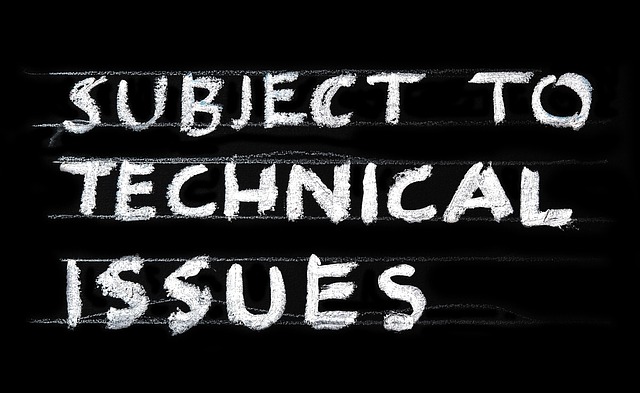As we traverse the increasingly uncertain landscapes shaped by climate change, the concept of flexibility becomes more vital than ever. In an era defined by unpredictability—from extreme weather events to shifting ecosystems—our capacity to adapt and reorganize is not just desirable; it’s essential.
The environment around us is changing at an alarming rate, with rising temperatures, melting ice caps, and altered precipitation patterns. Such changes may seem distant, but they can have immediate effects on our daily lives. The increasing frequency and intensity of natural disasters, like hurricanes or wildfires, force communities to rethink their strategies for preparation and recovery. Here, flexibility emerges as a powerful tool, enabling individuals, businesses, and governments to pivot as conditions evolve.
But what does flexibility truly mean in the context of our environment? It can manifest in numerous ways—whether it’s developing a more adaptable infrastructure, implementing sustainable farming practices, or embracing renewable energy sources that respond to changing weather patterns. It invites innovation and creativity, paving the way for solutions that might have previously been overlooked.
For instance, consider cities facing the threat of rising sea levels. Urban planners are now reimagining coastal structures, opting for designs that can withstand seasonal flooding and adapt over time. From elevated sidewalks to seawalls that can be modified as needed, these strategies underscore the essence of flexibility in urban development.
On a personal scale, our individual choices can also reflect this adaptive spirit. Homeowners are increasingly adopting green technologies like solar panels or rainwater harvesting systems that not only reduce reliance on unsustainable sources but also allow households to be resilient in the face of sudden changes in energy availability or water scarcity.
Moreover, businesses are recognizing the importance of flexibility in their operations. Companies that embrace sustainable practices can respond more adeptly to market shifts and consumer demands. Many now prioritize eco-friendly supply chains and implement corporate social responsibility measures that align with their commitment to environmental stewardship.
The road ahead may be fraught with challenges, but by fostering a culture of flexibility and innovation, we can rise to meet them. As stewards of the planet, we have the opportunity to redefine our relationship with the environment, creating solutions that not only combat climate change but also promote a sustainable future.
By embracing flexibility, we can harness our collective resilience, ensuring that future generations inherit a planet capable of sustaining life and prosperity. The changes we make today can empower us to navigate the complexities of tomorrow’s climate realities.




